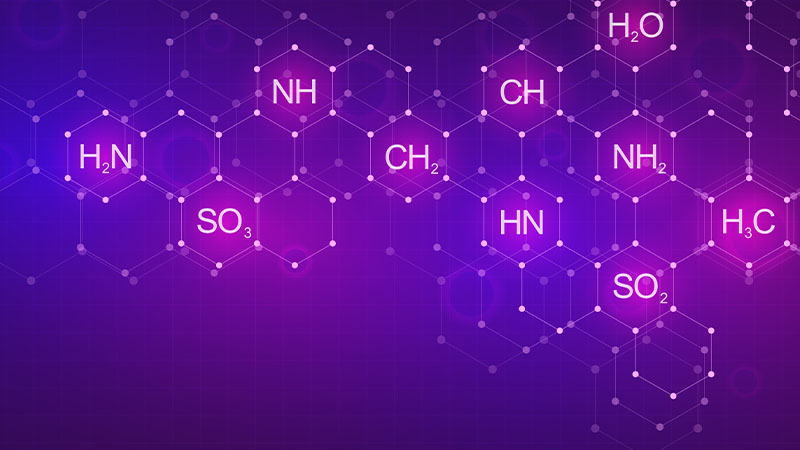
The Russia-Ukraine war leads to high volatility in prices due to supply chain disruptions


Natural gas prices have seen an upward trend since Q1 2021 due to supply chain disruptions and sanctions placed on Russian imports. Geopolitical factors saw chemical manufacturers struggle to maintain inventory and stable input costs. Supply lead times have gone up appreciably, and manufacturers have been scrambling to place orders well in advance to maintain inventory.
Russia has banned exports to Bulgaria and Poland since April 2022. The situation is likely to propel chemical prices upwards. The EU has seen sharp demand for electricity in the winter of 2021 as fuel prices soared. The increase in electricity prices indicates shortages and high costs of inputs in the livestock and electricity segment of the chemical industry. The EU aims to reduce dependence on Russian crude oil, and thus it is likely to impose fresh sanctions in Q2 2022 that will cut off crude supply through the Druzhba pipelines. Chemical manufacturers in eastern Europe are likely to be affected adversely due to this move.
A Beroe spokesperson shed some clarity on the situation, saying, “Chemical manufacturers will be severely impacted by rising crude oil prices in the Q2 of 2022. Oil prices have surged to $113 per barrel in Q1 2022 and are expected to touch $120 per barrel by Q3 2022. This is a direct fall-out of EU sanctions on Russian oil imports in case of further escalation of the Russia-Ukraine war. Lead times of crude transit have become longer due to geopolitical factors. Manufacturers are advised to actively seek alternative sources of crude oil procurement to mitigate the risk of running out of inventory”.
“Chemical product supply was highly restricted as nearly 4.5 Million MT plants are expected to be offline due to standard maintenance issues. Low margins and thin operating ratios have led to 5.2 Million MT plants sustaining at 70-80% capacity. Buying trends are predicted to be stable in the USA and Europe and soft to stable in Asia. Weak demand in the first weeks of May indicates weaker demand, and that should mitigate the fall-out of high crude input costs”, Beroe spokesperson said.
The U.S. is expected to witness a surge in the pricing of chemicals like propylene in the May-July 2022 period due to high crude oil prices. Strong demand in summer is expected to drive prices of PP upwards in Europe as well. Asian markets saw a decline in prices of PP due to weak demand in May, but the trend shows that prices are expected to stabilize as demand picks up in July. Shortage of Chlorine and high transportation costs will see North America witness marginally higher pricing even as crude oil prices have softened slightly.
ABS prices are likely to soften in both the U.S. and Europe due to a lack of demand. Recession-like economic cues are likely to depress demand in the long term. Current demand for non-automotive appliances is strong but likely to soften in the long term. A combination of rising input costs, supply chain disruptions, trade sanctions against Russia and weak global demand is expected to impact the chemical industry adversely.
Related Insights:
View All
Get more stories like this
Subscirbe for more news,updates and insights from Beroe






